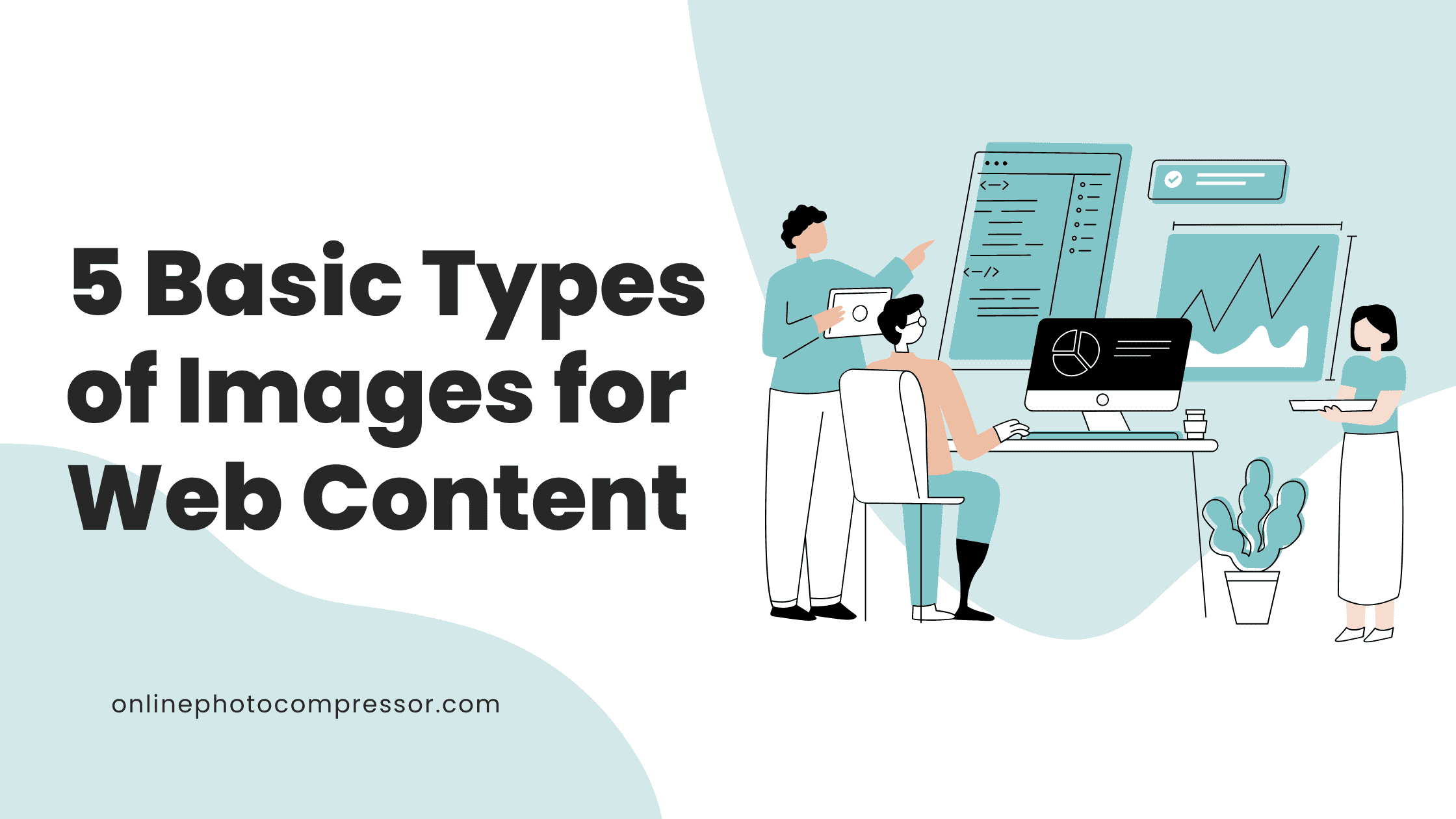
Web Design: 5 Basic Types of Images for Web Content
If you're looking to overhaul your content strategy, there are a few tips to keep in mind. Here's what you need to know about using content marketing to grow your business.
No matter how pretty your branded website looks, content makes it an essential digital tool to promote your business. Typically, websites present users with various content elements, the most important of which are text, front page design images, videos, and other media.
When it comes to parameters such as increasing your brand's credibility, connecting with potential customers and improving your website's ranking metrics, each of these components contributes to overall success.
Although almost all business owners agree on the important role of content, sometimes they lack an understanding of how to produce valuable content that is sure to attract new audiences and stand out from the hundreds of competing websites operating in the same space.
To answer this challenge, a number of studies have been conducted to measure the success rate of content.
There is no doubt that you should invest time and effort to make your website as attractive as possible. This, in turn, leads to a positive experience for your customers and consequently leads to more repeat visits.
Depending on the purpose behind the website design, the creative and marketing teams choose between different types of images. The following are the most typical web pages.
1. Logo
You can contact an excellent website design company in your area that will tell you that a company logo is the most attractive and recognizable company mark.
The logo is the company's first impression on the customer, so the company logo must be used consistently, memorable, and aesthetically pleasing.
Company logos are often the main visual branding element on their websites. They not only serve as the primary means of conveying the company's branding theme but also help their customers quickly identify what the company is selling and where to buy it.
A logo depicts your company and its products and services in a simple image. Usually, a combination of type, position, and color. A logo can be a single word or a phrase.
2. Photo
Photos are one of the most common ways to ensure your brand is represented in a positive way. Your photos can be professional, amateur, or anything in between, but try to balance your photography with your style.
The term photo can be used to describe certain file types or image formats. In the digital world, photos are still front-page design images.
This includes photos you take with a digital camera, photos taken with a smartphone, or photos taken with a film camera.
3. Illustrations
Illustrations are two-dimensional works of art that form the basis of modern graphic design.
Although illustrations are traditionally associated with fine arts, they can also be classified as graphics, photographs, and cartoons.
Illustrations, often cartoons, are design images in the form of visual images. Also known as a cartoon strip, comic strip, comic strip, or comic book, an illustration is usually an informal illustration of a particular theme or scene or scene from a story, e.g., a fairy tale or novel, and is often used for humorous or dramatic effect.
4. Amulet
A mascot is a character used in a brand or logo to identify a person or product. Mascots are often used by sports teams, clubs, and other organizations to promote their brands or products.
Mascots can be used to identify brands, people, or organizations and are often used for entertainment, especially by children.
Mascots are animals used to represent brands, organizations, schools, teams, etc. In sports mascots, mascots are often anthropomorphic but are always widely recognized as "characters."
A mascot is a logo or symbol used to represent an organization in a mascot costume or costume design. It can also be called the brand mascot.
The mascots are often cartoon animals, but many other mascots are also used.
5. 3D visualization
3D rendering is a 3D visualization of products and products designed for use in real-world scenarios. It can be used to show what a product looks like from different angles or to show what a product looks like in a given environment.
3D rendering can also be used to show how a product will look under different lighting or to show how a product will look against a certain background. This category refers to a collection of design images such as 2D and 3D visualizations.
This is an image made in three dimensions. This means a 3D image and not a flat image.
This is a very complex and time-consuming process, but it is an effective way to create realistic images for your designs.
In this case, you can choose an excellent website design company in your area.
Conclusion
Optimized and balanced visual content drives higher website engagement, broader brand awareness, and loyalty and increases customer trust.
A one-size-fits-all approach works here, so there are many website content strategies that have proven to be effective and efficient.
The bottom line is once you have a concrete strategy in place, it's easy to create engaging content that drives your business.